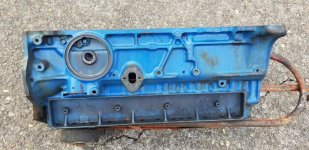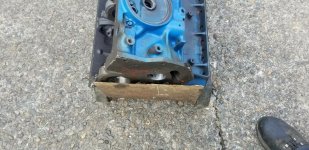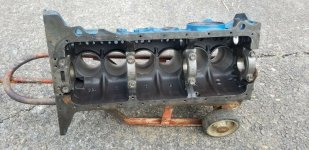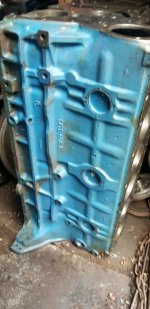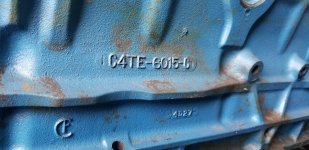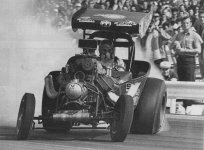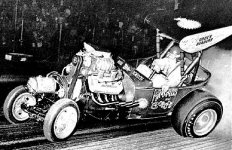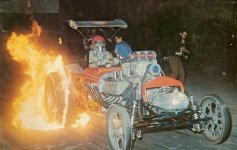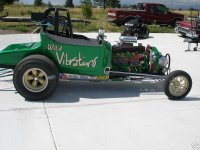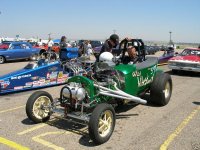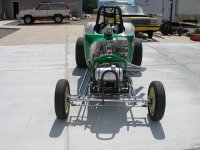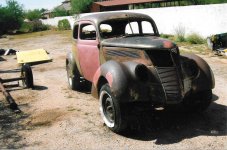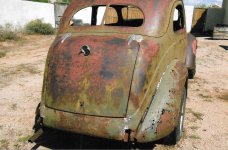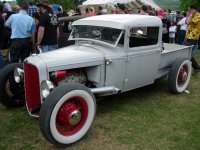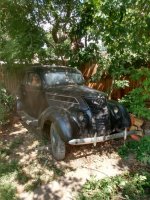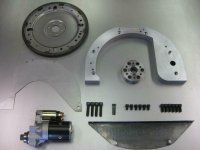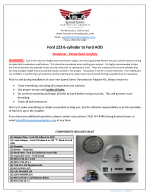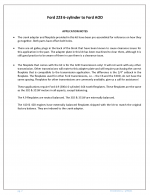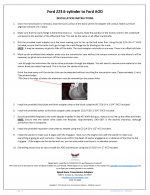I will be wanting to use some kind a later Trans like a C6, C4, PG, or something else I know there is a C4 and GM adapter plate that are being made, but I think if this ends up going more to a race only build I would like to build one myself. That way it could also be used as a full block plate to mount the rear of the engine into the chassis, plus it could be used to adapt one of the newer Mini PMGR gear drive starters too (like are used on an FE or SBF engines), so one part doing severial different jobs, and I then could make a matching front engine mounting plate to. The trans is going to back up a 1954 to 1964 223 six or a 1961 to 1964 262 Ford basically they are all the same externally. So far I don't have a 223 or 262 engine core yet to measure but been looking in the locale area a little. As of this week end Sept. 17, 21 I did locate a 1961 up 223 its a complete engine located over in the SoCal area, the asking price is a bit high for a core motor but it is a complete running engine.
Not sure on what body and chassis that I will use there are so many of the Older Fords that I like its just finding something that fits into my very low budget most of those could be a dual purpose street & race car or Pickup. I have also been wanting to build another Model T for a few years now so might lean in that direction of a light weight tube chassis with a T body. I liked the the old Street Roadster Class's & Altered'es from the 1960's and 1970's
Not sure on what body and chassis that I will use there are so many of the Older Fords that I like its just finding something that fits into my very low budget most of those could be a dual purpose street & race car or Pickup. I have also been wanting to build another Model T for a few years now so might lean in that direction of a light weight tube chassis with a T body. I liked the the old Street Roadster Class's & Altered'es from the 1960's and 1970's

